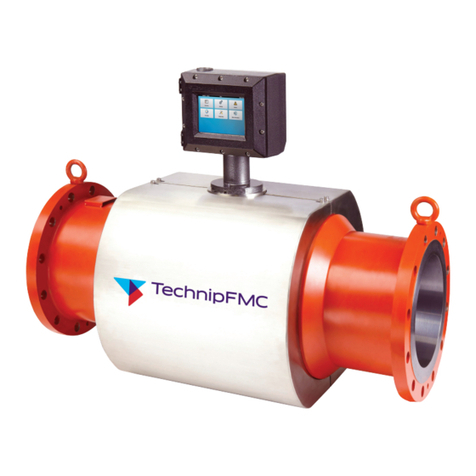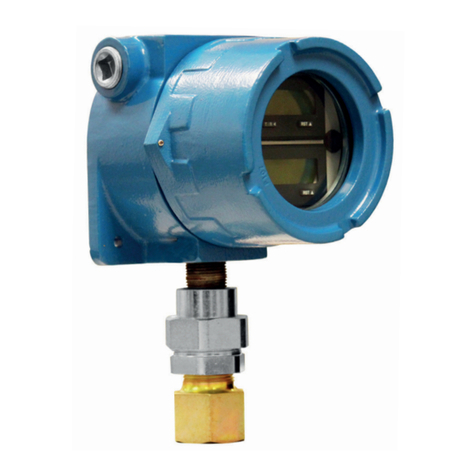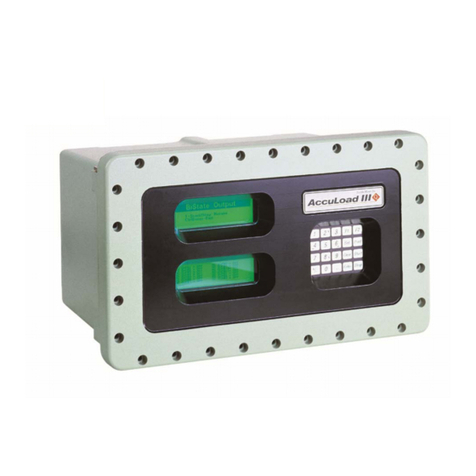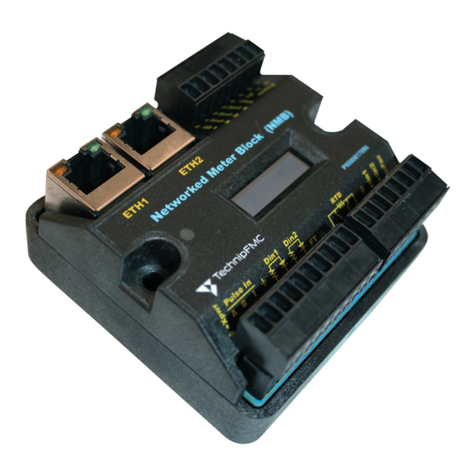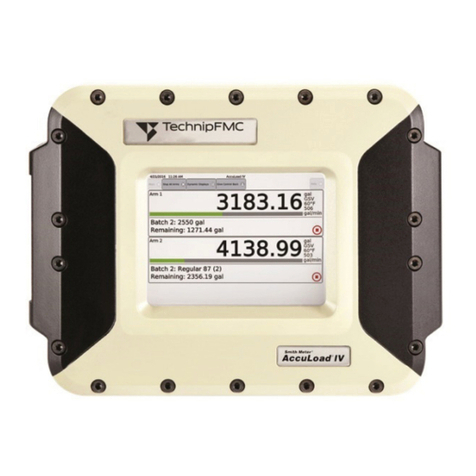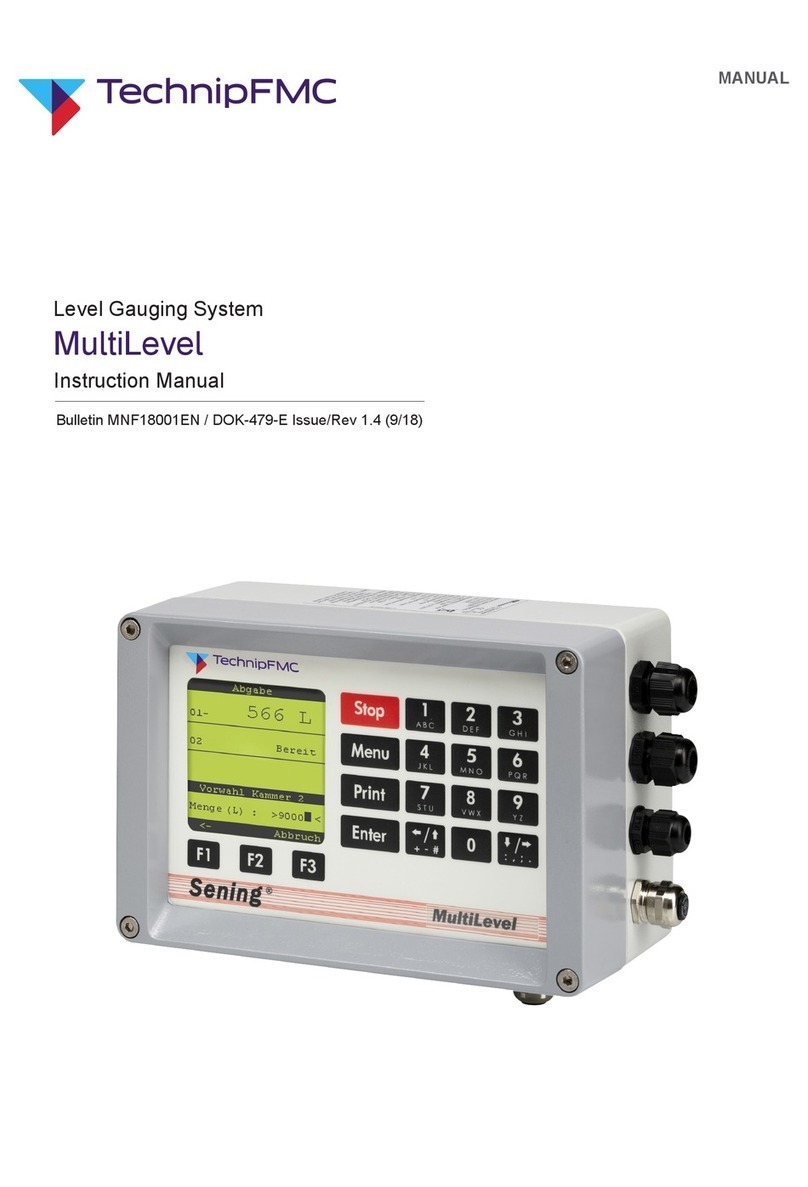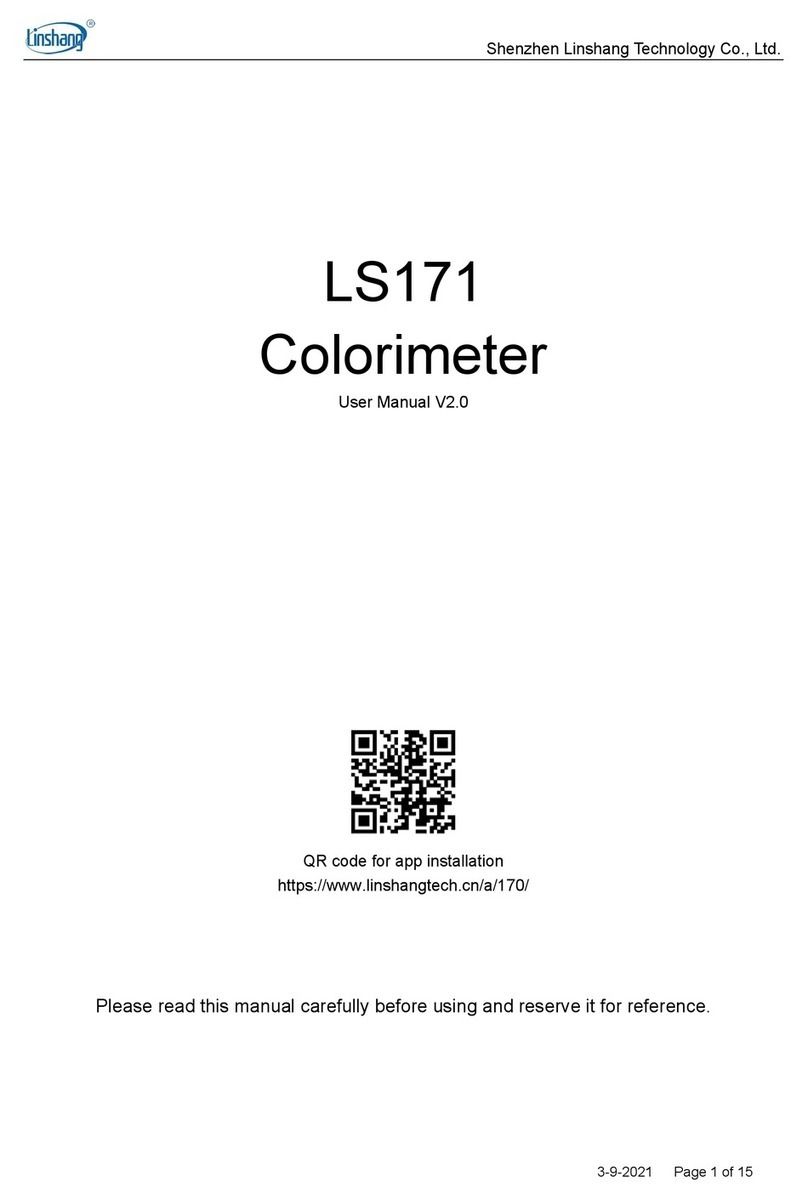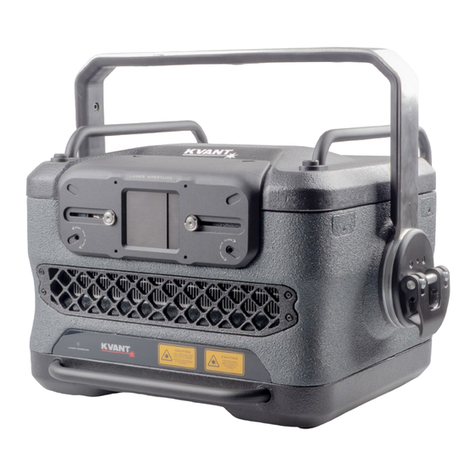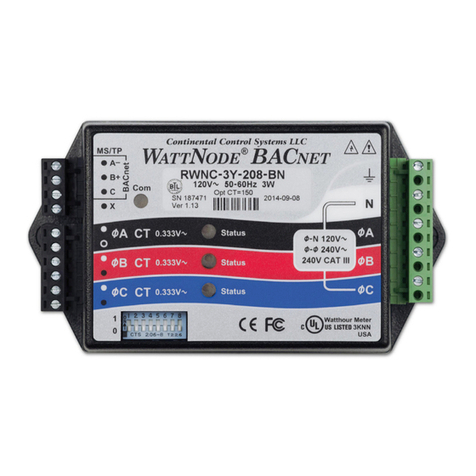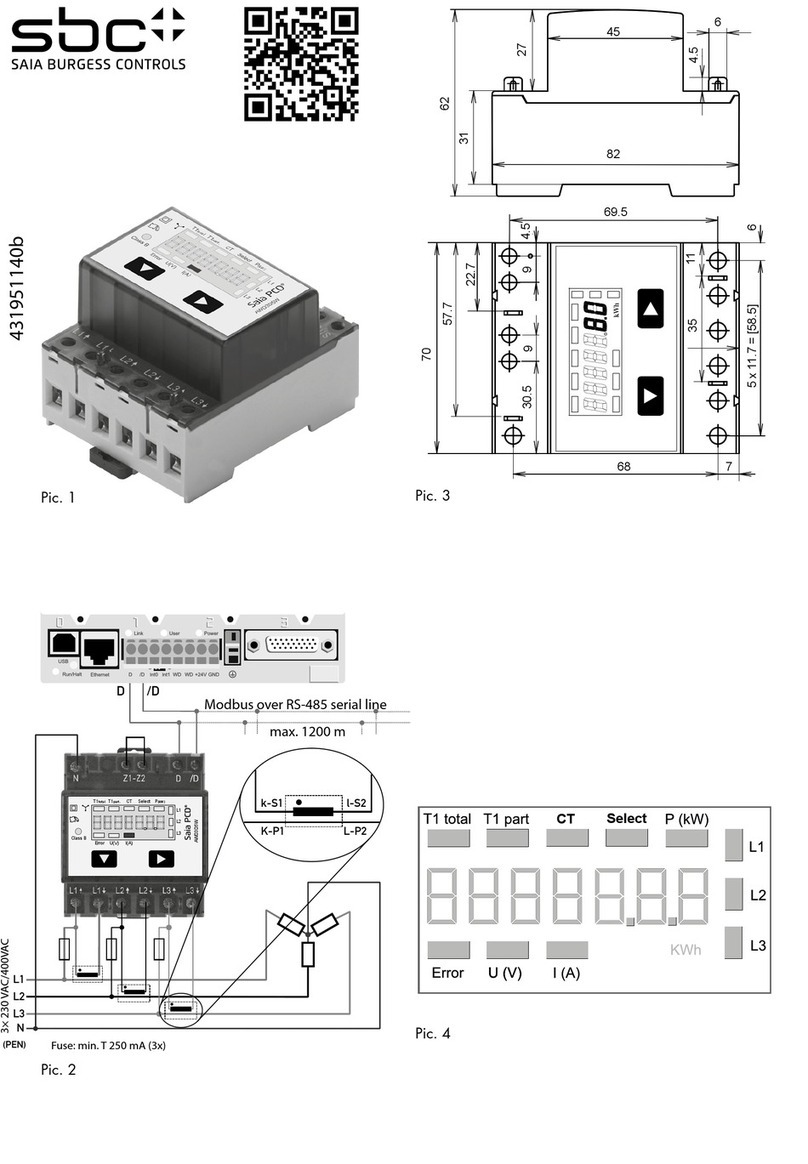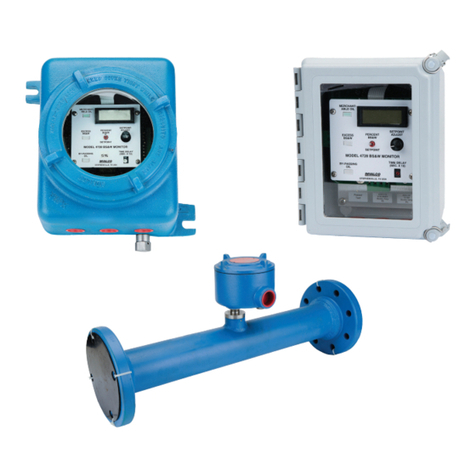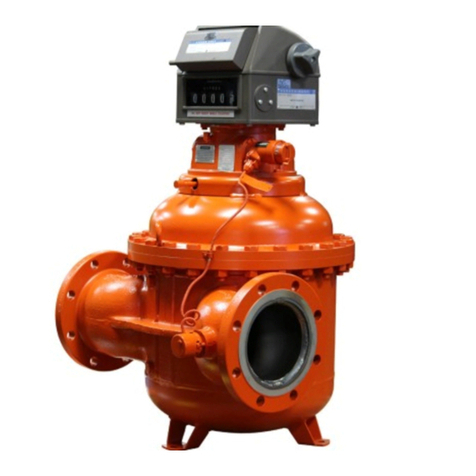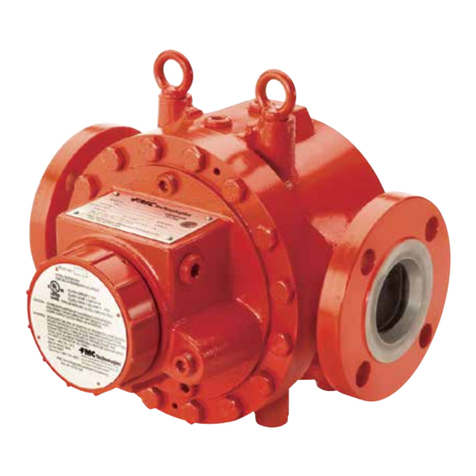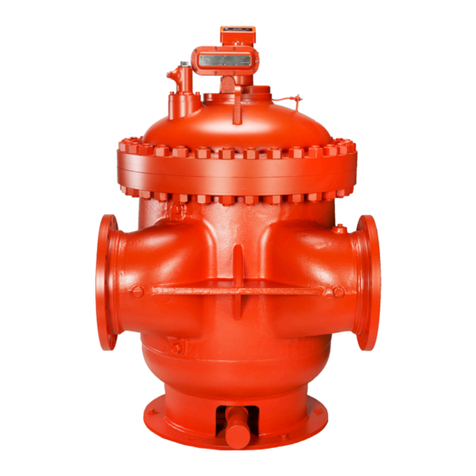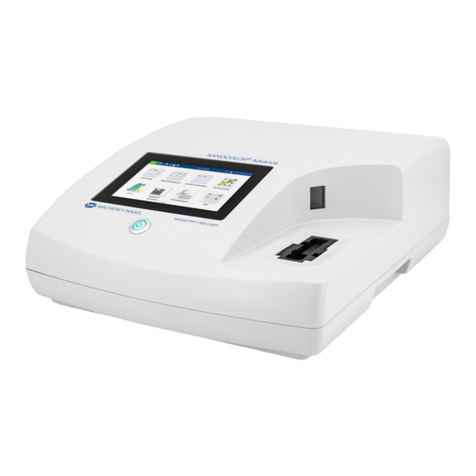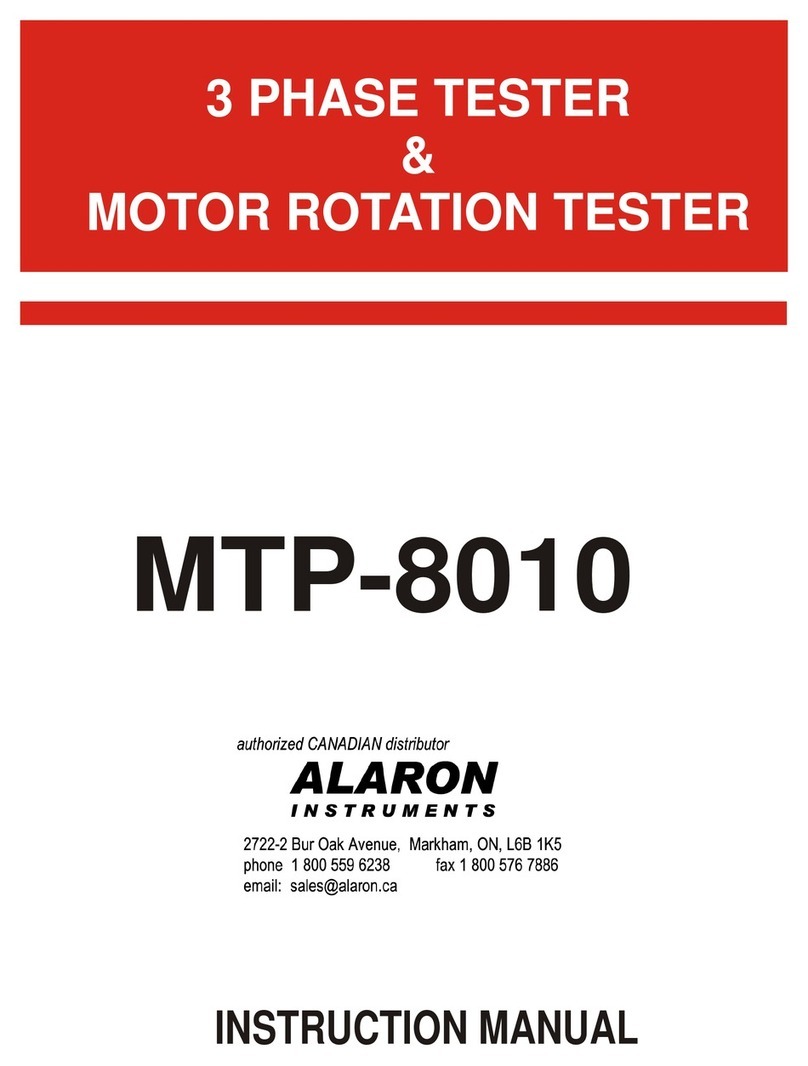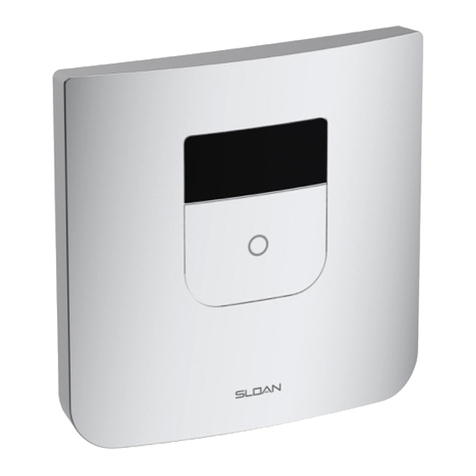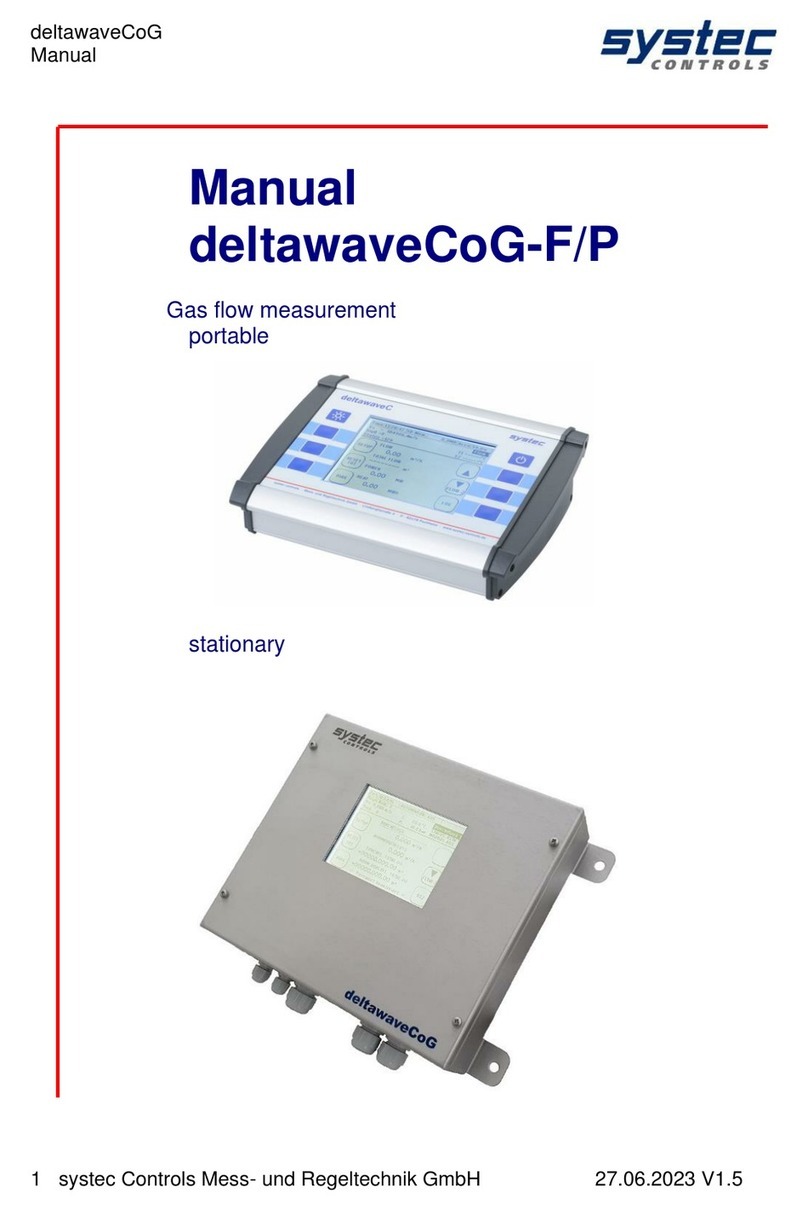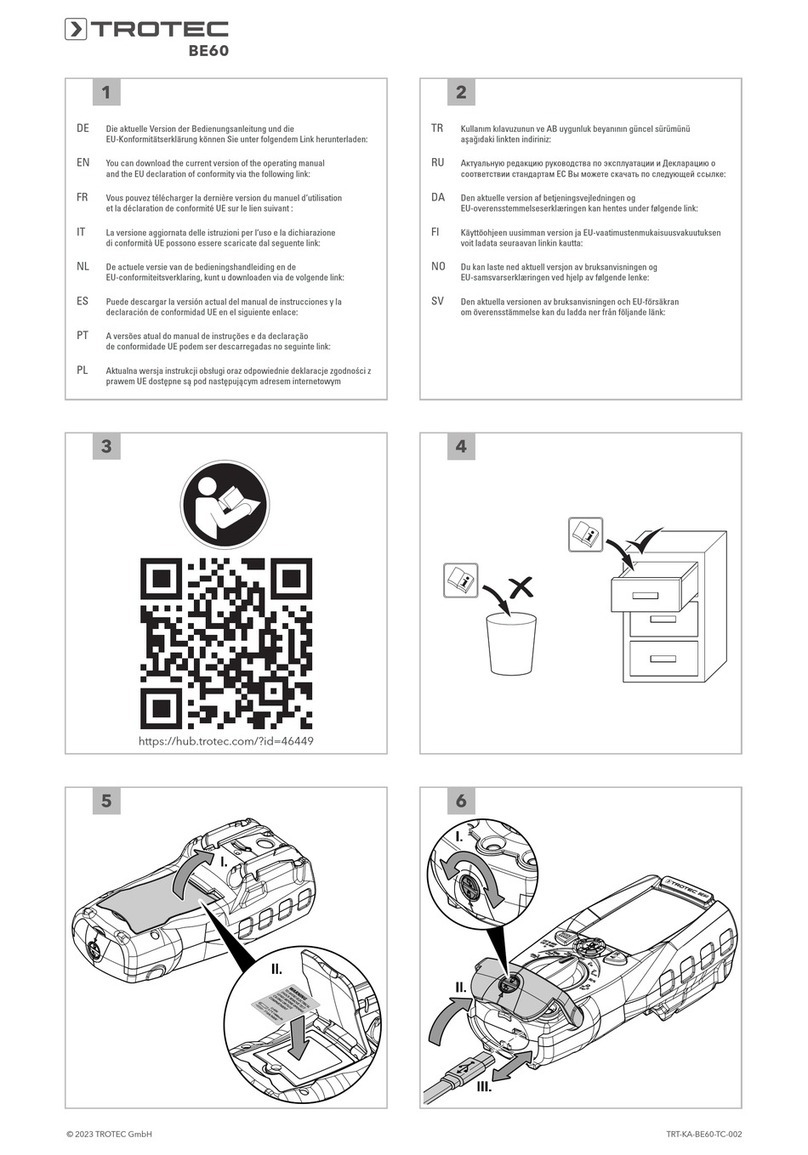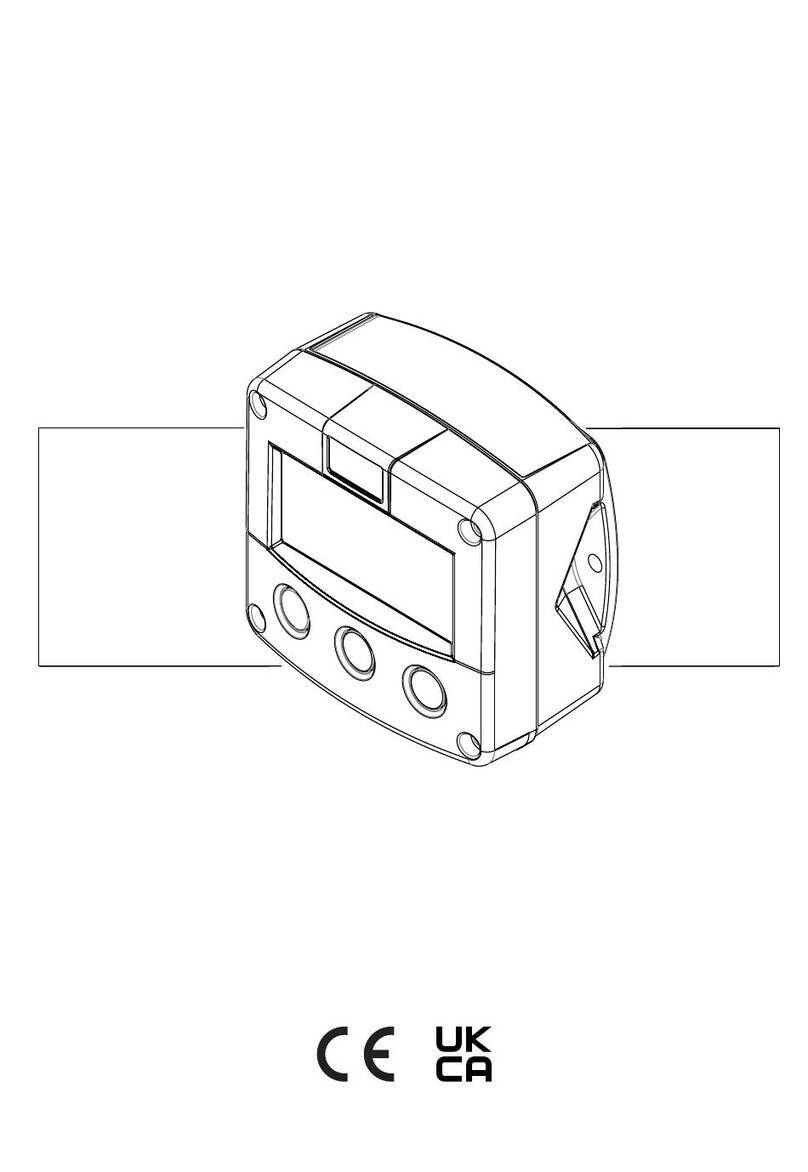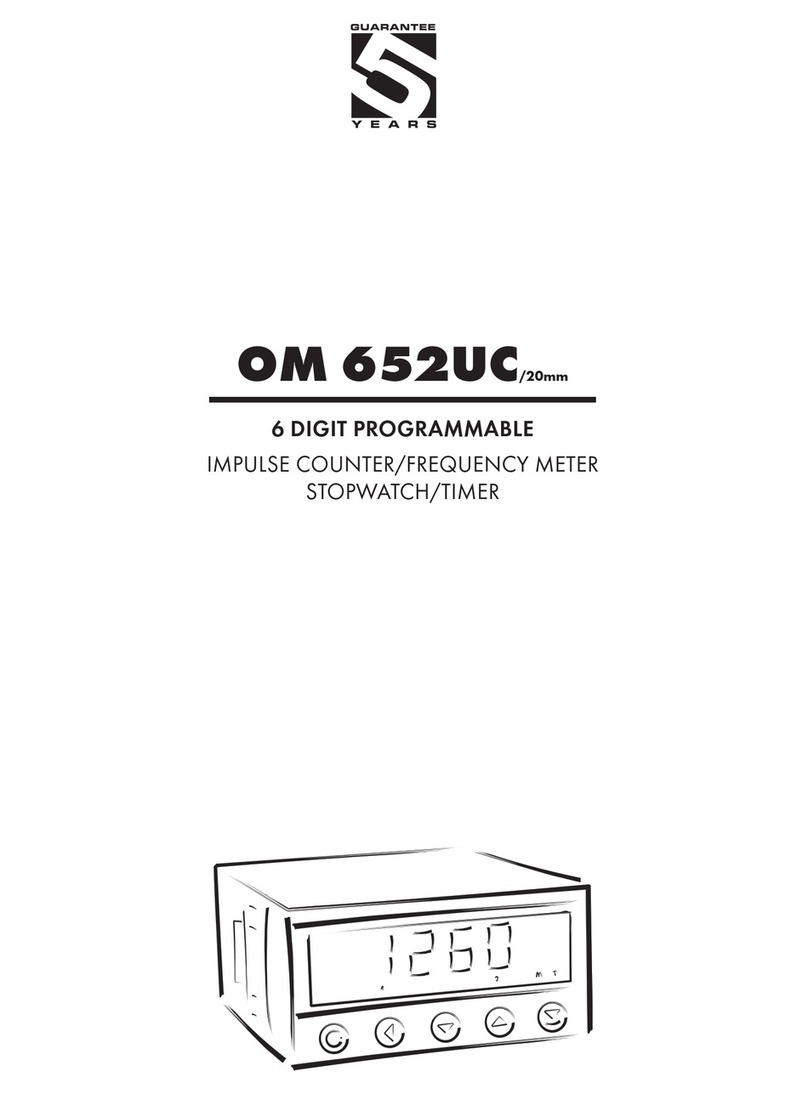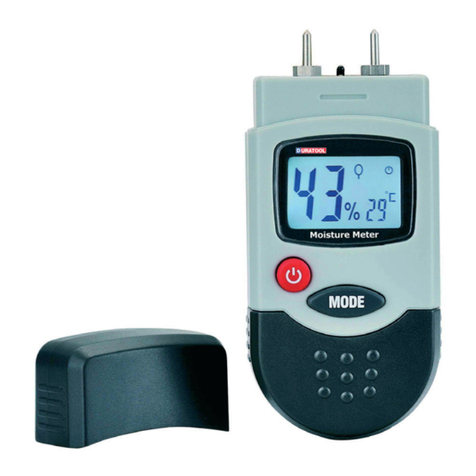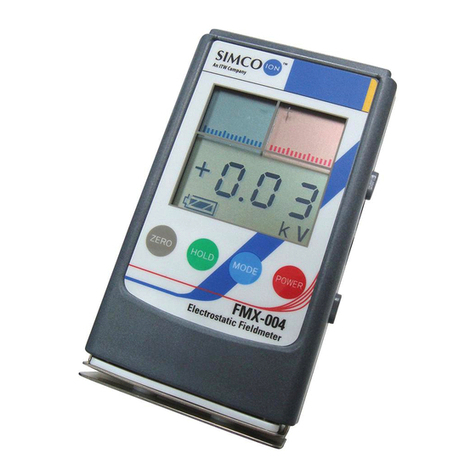
Table of contents Proline Promass F 500 EtherNet/IP
4
7.5 Special connection instructions ............ 65
7.5.1 Connection examples ............. 65
7.6 Hardware settings ..................... 68
7.6.1 Setting the device address ......... 68
7.6.2 Activating the default IP address .... 70
7.7 Ensuring the degree of protection .......... 71
7.8 Post-connection check .................. 72
8 Operation options ................. 73
8.1 Overview of operation options ............ 73
8.2 Structure and function of the operating
menu .............................. 74
8.2.1 Structure of the operating menu .... 74
8.2.2 Operating philosophy ............ 76
8.3 Access to the operating menu via the local
display ............................. 77
8.3.1 Operational display .............. 77
8.3.2 Navigation view ................ 79
8.3.3 Editing view ................... 81
8.3.4 Operating elements .............. 83
8.3.5 Opening the context menu ......... 84
8.3.6 Navigating and selecting from list ... 85
8.3.7 Calling the parameter directly ...... 86
8.3.8 Calling up help text .............. 86
8.3.9 Changing the parameters ......... 87
8.3.10 User roles and related access
authorization .................. 87
8.3.11 Disabling write protection via access
code ......................... 88
8.3.12 Enabling and disabling the keypad
lock ......................... 88
8.4 Access to the operating menu via the Web
browser ............................. 89
8.4.1 Function range ................. 89
8.4.2 Prerequisites ................... 89
8.4.3 Establishing a connection ......... 91
8.4.4 Logging on .................... 94
8.4.5 User interface .................. 94
8.4.6 Disabling the Web server .......... 95
8.4.7 Logging out .................... 96
8.5 Access to the operating menu via the
operating tool ........................ 96
8.5.1 Connecting the operating tool ...... 96
8.5.2 FieldCare .................... 101
8.5.3 DeviceCare ................... 103
9 System integration ............... 104
9.1 Overview of device description files ........ 104
9.1.1 Current version data for the device .. 104
9.1.2 Operating tools ................ 104
9.2 Overview of system files ................ 105
9.3 Integrating the measuring device in the
system ............................ 105
9.4 Cyclic data transmission ............... 105
9.4.1 Block model .................. 105
9.4.2 Input and output groups ......... 107
9.5 Diagnostic information via EtherNet/IP .... 118
10 Commissioning .................. 123
10.1 Function check ...................... 123
10.2 Switching on the measuring device ........ 123
10.3 Connecting via FieldCare ............... 123
10.4 Setting the operating language ........... 123
10.5 Configuring the measuring device ........ 124
10.5.1 Defining the tag name ........... 126
10.5.2 Setting the system units ......... 126
10.5.3 Configuring the communication
interface ..................... 128
10.5.4 Selecting and setting the medium .. 130
10.5.5 Displaying the I/O configuration ... 132
10.5.6 Configuring the current input ..... 132
10.5.7 Configuring the status input ...... 134
10.5.8 Configuring the current output .... 134
10.5.9 Configuring the pulse/frequency/
switch output ................. 139
10.5.10 Configuring the relay output ...... 150
10.5.11 Configuring the local display ...... 153
10.5.12 Configuring the low flow cut off .... 164
10.5.13 Configuring the partial filled pipe
detection .................... 165
10.6 Advanced settings .................... 166
10.6.1 Using the parameter to enter the
access code ................... 167
10.6.2 Calculated values ............... 167
10.6.3 Carrying out a sensor adjustment ... 168
10.6.4 Configuring the totalizer ......... 169
10.6.5 Carrying out additional display
configurations ................. 172
10.6.6 WLAN configuration ............ 183
10.6.7 Configuration management ....... 185
10.6.8 Using parameters for device
administration ................ 186
10.7 Simulation .......................... 188
10.8 Protecting settings from unauthorized
access ............................. 192
10.8.1 Write protection via access code ... 192
10.8.2 Write protection via write protection
switch ....................... 194
11 Operation ....................... 196
11.1 Reading the device locking status ......... 196
11.2 Adjusting the operating language ......... 196
11.3 Configuring the display ................ 196
11.4 Reading measured values ............... 196
11.4.1 "Measured variables" submenu ..... 197
11.4.2 "Totalizer" submenu ............. 199
11.4.3 "Input values" submenu .......... 199




















